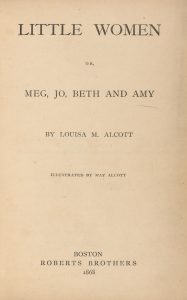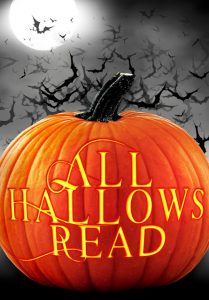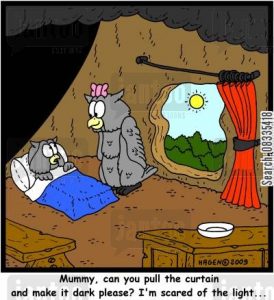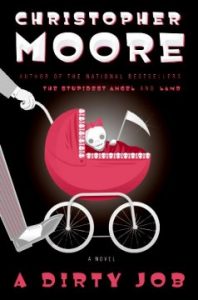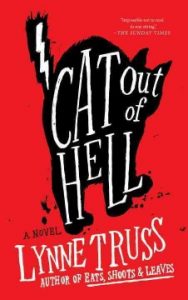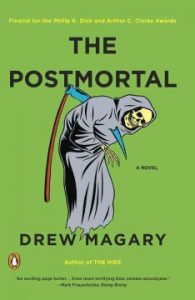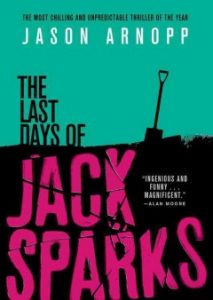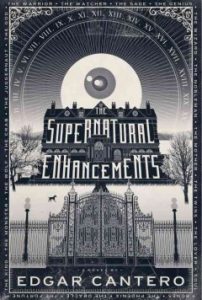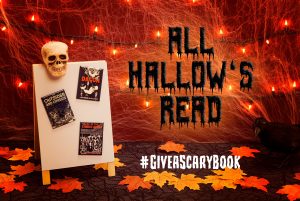
As our regular readers are already aware, we here at the Free for All are celebrating All Hallows Read all month long. In that spirit, I thought I’d tell you a scary story here today. So “gather ’round while I elucidate…“**
It happened one weekday afternoon. There were the steps, the door, the gateway to… what? Some say knowledge and infinite possibilities. Others say silence and restrictions. Her feet froze, indecisive. Should she enter into the unknown? What will she find there? Would the rows of seemingly indecipherable letter and number combinations overwhelm and eat her alive? She’s heard stories about the gatekeepers; the shushing magnates that peer down from their high perches and squint grudgingly upon those who found it necessary to enter their guarded territory. Every fiber of her being shouted “Beware!” She took a deep breath and slowly put one foot in front of the other, walking hesitantly into the undiscovered frontier.
OK, so this story is a thinly-veiled analogy for the library. I’m sure most Free for All readers found it somewhat absurd, but library anxiety, much like book anxiety, is a very real phenomenon as seen here, and here. It involves having the feeling of being intimidated, overwhelmed or otherwise enervated by libraries or librarians. It is most common in learners who come to the library for a project and don’t know where to start (or who to ask about it), but it can also be found in varying degrees by people who just don’t know how to navigate a library, don’t think the library has anything for them or find the library to be a frightening place because of bad experiences they’ve had at a library in the past. While psychological anxieties should not be taken lightly, I think certain library stereotypes have been propagated by some well-meaning but misguided myths.
Late Books
Books sometimes come back to the library late. This is a fact to which pretty much every library worker has resigned themselves. People get busy, misplace books, forget the due date. It happens to the best of us. I don’t want people to think that bringing a book back to the library late is the end of the world or a reason to avoid the library. Don’t get me wrong; we love seeing our books again. (Mini bibliophile confession: Sometimes I’ll check in long-overdue books and greet them like a lost friend.) If a book is a popular hold, it’s respectful to bring it back on time so the next person in line isn’t waiting longer than necessary. Patrons bring them in sheepish and apologetic. The sentiment is appreciated, but we don’t want patrons to become so embarrassed that they feel they can’t come back to the library. If you find a long overdue book, you can bring it back knowing that you will receive the same high-quality level of service as someone who has never returned a book late in their life (though who this mythological person may be, I don’t know). Also know that your account will be cleared and once you have paid the late fees on the book it will not show up on your account again. There is no secret Library Illuminati that monitors people who bring their books back late or some scarlet letter B etched onto your account. We consider it water under the bridge and want you to feel comfortable returning to the library to check out books again. Consider our due dates to be a friendly reminder or a fuzzy request like this:
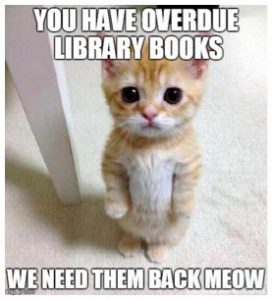
and not a threatening warning like this:
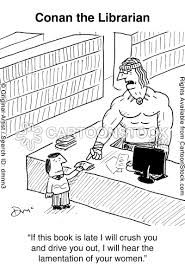
or this:
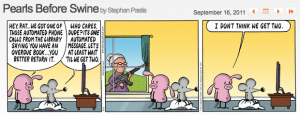
Overdue Fees
Ah, the dreaded late fine. Much like overdue books, this is something that happens to the best of us. The fine for the Peabody Library is minimal ($0.05 per item, per day) and while other libraries make their own fine determinations that the Peabody Library must honor, I don’t believe you should have to break the bank to return a library item. The whole point of loaning out items is to give access to people who may not otherwise have it. That said, like overdue books, we appreciate it when people pay their fines, but we also recognize that not everyone can pay them on the spot. This is why we allow you to carry a balance on your card (not many people know this). Your account is considered in good-standing if it has fines less than $10.00. We also understand that not everyone carries cash with them in this increasingly credit-based world. Fortunately, NOBLE has worked it so that people who manage their accounts online can also pay their fines online via a credit card. Again, we’d prefer that there not be a shaming, anxiety-ridden response to overdue fines, so we won’t come after you like this:

Shushing
Out of all the possible anxiety-inducing stereotypes of libraries, this is the one that irks me the most. While a library should have quiet places for reading and reflection that pays homage to the preference of people who like to read in quiet solitude or among like-minded book people who are too introverted to actually want to talk to the like-minded book people (been there!). But to say that the entire library should have a morgue-like pallor of silence hanging over it defeats the purpose of the modern library as a place for discovery. Information is rarely acquired in a vacuum. Knowledge is something that goes far beyond mere information and hard facts. We propagate knowledge through books, media, programs and making the library a lively, welcoming place. We cannot be a community center without inviting the community in. We can’t assess the needs of a community by telling them to remain quiet. Un-shushing the library makes us a better place that can serve our patrons by tailoring what we offer to the patrons needs, which can only be done by listening to the sounds that they make. So please, don’t approach your library staff members with a fear of a wrath akin to this:
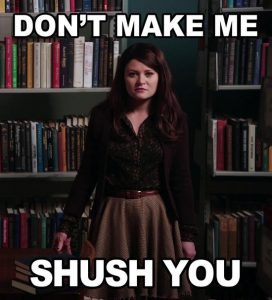
Instead, know that we enjoy when our patrons speak up to us and understand that we are here to help and even bend the rules if the appropriate situation arises.

Library anxiety can be caused by more reasons than listed here; often they are deeply personal, but I hope that anyone who feels any type of anxiety centering on the library can work up the courage to come in and chat with us. Yes, we like our items to be returned and our patrons’ accounts to be in good standing, but that doesn’t mean that we’re not reasonable people who understand that sometimes people get into unfortunate situations. We try to make our collections as accessible as possible (hence the transfer of the West and South Branches to BISAC). So if you know someone (or if you yourself) is unsure about returning to the library, or stopping in for the first time, I hope this article will turn what could be a scary story into one that has a happy ending. Till next week, dear readers, know that we’re here for all your needs, including alleviating library anxiety!
**Full disclosure: I watch The Adventures of Ichabod and Mr. Toad (from which this quote was taken) every October together with It’s the Great Pumpkin, Charlie Brown and Garfield’s Halloween Adventure for a delightful, retro Halloween movie marathon, and I’ve always wanted to start a spooky story that way. Thanks for indulging me Free For All readers!



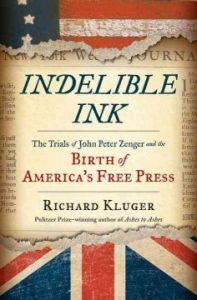 Indelible Ink: The Trials of John Peter Zenger and the Birth of America’s Free Press
Indelible Ink: The Trials of John Peter Zenger and the Birth of America’s Free Press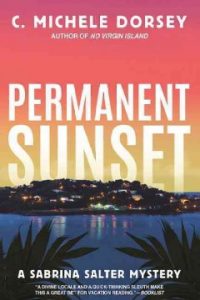 Permanent Sunset:
Permanent Sunset: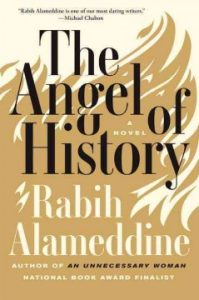 The Angel of History
The Angel of History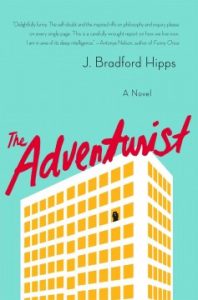 The Adventurist
The Adventurist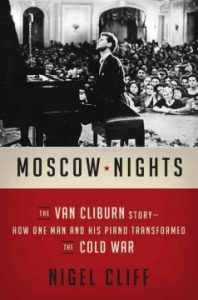 Moscow Nights: The Van Cliburn Story–How One Man and His Piano Transformed the Cold War
Moscow Nights: The Van Cliburn Story–How One Man and His Piano Transformed the Cold War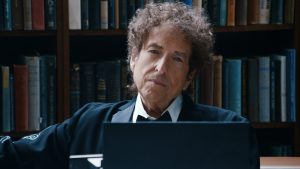 This is actually a pretty radical decision for the Nobel Prize people—the award has, rather famously, not gone to American authors, traditionally speaking (the last American to win was Toni Morrison in 1993), and
This is actually a pretty radical decision for the Nobel Prize people—the award has, rather famously, not gone to American authors, traditionally speaking (the last American to win was Toni Morrison in 1993), and 
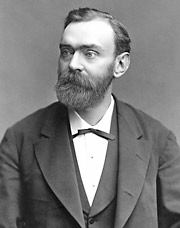 Unfortunately for his family, the end Crimean War in 1856 meant that Europe didn’t need a great deal of war materiel, and the family company went bankrupt again. Alfred’s parents and younger siblings moved back to Sweden, while Alfred and his older brothers remained in St. Petersburg and began trying to put their business affairs back into order. It was at this time that one of Alfred’s tutors reminded him of the enormous potential of nitroglycerine, which had been discovered (developed?) in 1847; according to historic legend, the tutor by pouring a few drops of nitroglycerine on an anvil, striking it with a hammer, and producing a loud bang. But only the liquid that came into contact with the hammer exploded. The rest of the liquid was not affected. Alfred decided to take the potential of this new substance and run with it, conducting a number of highly dangerous experiments that ended with him finding a way to combine nitroglycerine and gunpowder in a single device that kept the two separate until they were ignited, resulting in….dynamite.
Unfortunately for his family, the end Crimean War in 1856 meant that Europe didn’t need a great deal of war materiel, and the family company went bankrupt again. Alfred’s parents and younger siblings moved back to Sweden, while Alfred and his older brothers remained in St. Petersburg and began trying to put their business affairs back into order. It was at this time that one of Alfred’s tutors reminded him of the enormous potential of nitroglycerine, which had been discovered (developed?) in 1847; according to historic legend, the tutor by pouring a few drops of nitroglycerine on an anvil, striking it with a hammer, and producing a loud bang. But only the liquid that came into contact with the hammer exploded. The rest of the liquid was not affected. Alfred decided to take the potential of this new substance and run with it, conducting a number of highly dangerous experiments that ended with him finding a way to combine nitroglycerine and gunpowder in a single device that kept the two separate until they were ignited, resulting in….dynamite.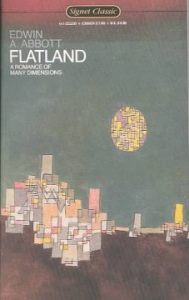 Essentially (to my very non-mathematically oriented brain), these three gentlemen used quantum physics to make predictions and insight into matter that is so thin as to be considered two dimensional, as well as material at absolute zero (when molecular movement ceases). Ultimately, these calculations will be useful for new generations of electronics and superconductors, or in future quantum computers. To learn more, you can read
Essentially (to my very non-mathematically oriented brain), these three gentlemen used quantum physics to make predictions and insight into matter that is so thin as to be considered two dimensional, as well as material at absolute zero (when molecular movement ceases). Ultimately, these calculations will be useful for new generations of electronics and superconductors, or in future quantum computers. To learn more, you can read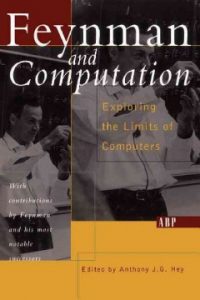 Though the mechanical engine has been around for roughly two centuries, humans really haven’t evolved the device beyond its initial configuration. Not only have these three chemists made huge leaps towards making tiny, tiny,
Though the mechanical engine has been around for roughly two centuries, humans really haven’t evolved the device beyond its initial configuration. Not only have these three chemists made huge leaps towards making tiny, tiny, 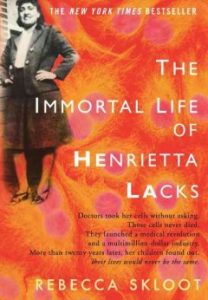 The word autophagy originates from the Greek words auto-, meaning “self”, and phagein, meaning “to eat”. Thus,autophagy denotes “self eating”…but not like cannibalism. Instead, Dr. Ohsumi radically evolved our understanding of how the cell recycles its content. Though studying yeast cells, Ohsumi realized that there was a cellular process that promotes cellular degradation and regeneration, making healthier, stronger yeast. The same process is present in humans, (visible when you have an infection, and the body breaks down its infected cells and makes new, healthy, potentially immunized ones, or when fat cells are broken down during exercise and muscles develop). Though we have known about this process, Dr. Ohsumi’s research has provided insight onto how we might learn to recognize and regulate this process to potentially help treat conditions like diabetes and Parkinson’s Disease. For more information, you can read
The word autophagy originates from the Greek words auto-, meaning “self”, and phagein, meaning “to eat”. Thus,autophagy denotes “self eating”…but not like cannibalism. Instead, Dr. Ohsumi radically evolved our understanding of how the cell recycles its content. Though studying yeast cells, Ohsumi realized that there was a cellular process that promotes cellular degradation and regeneration, making healthier, stronger yeast. The same process is present in humans, (visible when you have an infection, and the body breaks down its infected cells and makes new, healthy, potentially immunized ones, or when fat cells are broken down during exercise and muscles develop). Though we have known about this process, Dr. Ohsumi’s research has provided insight onto how we might learn to recognize and regulate this process to potentially help treat conditions like diabetes and Parkinson’s Disease. For more information, you can read 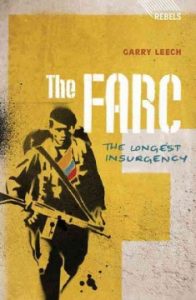 As the President of Columbia,
As the President of Columbia, 
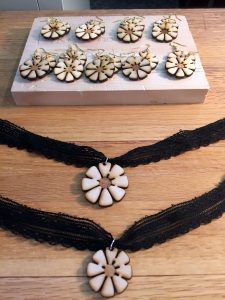
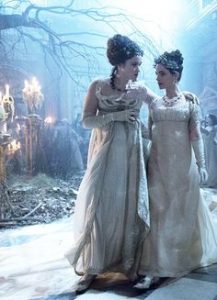
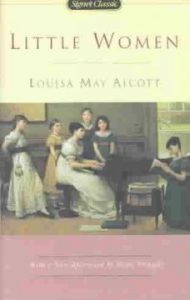
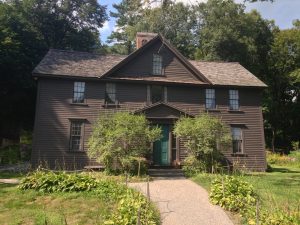
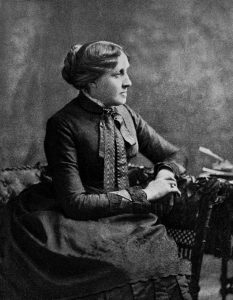
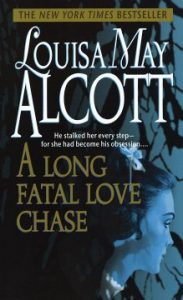 Lady Pole: In recent years, I’ve come to admire Alcott’s other work (her little-known
Lady Pole: In recent years, I’ve come to admire Alcott’s other work (her little-known 